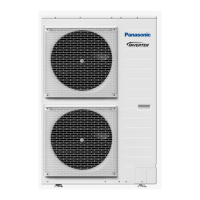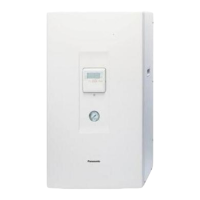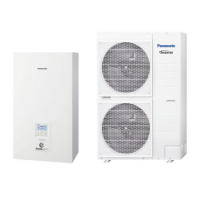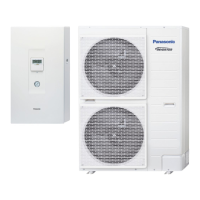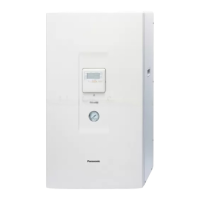Project Design
Acoustics
Sound pressure level | Sound power level
5.10.2 Sound power levels
for estimation of sound
pressure level
The effect of other nearby noise inuences will alter the perceived noise
limit values. The following table can therfore only act as a guide of noise
limits for each type of area:
Industrial areas
Day and night 70 dB(A)
Commercial areas
Day time 65 dB(A)
Night time 50 dB(A)
Core areas
Day time 60 dB(A)
Night time 45 dB(A)
General residential areas
Day time 55 dB(A)
Night time 40 dB(A)
Pure residential areas
Day time 50 dB(A)
Night time 35 dB(A)
Health resort areas, hospitals
Day time 45 dB(A)
Night time 35 dB(A)
The values are based on the measurable value 0.5 m in front of the middle
of an opened window of the affected room to be protected. They are
only valid as mean values and may be exceeded by temporary noise
peaks.
The measurable sound pressure level is dependent on the distance to
the sound source and decreases with increasing distance.
The sound power level is a quantity for evaluating the sound source
independently of distance and direction of sound propagation. It is a
calculable quantity that is determined for individual units in laboratory
measurements under dened conditions. Based on the sound power level
of a specic unit the sound pressure level can be estimated at a certain
distance and for corresponding sound propagation conditions for a cer-
tain case.
Sound propagates in all directions equally with the sound power from the
sound source. With an increasing distance to the sound source, the area
through which the sound penetrates expands in proportion to the distance
from the sound source. This leads to a continuous decrease of the sound
pressure level for a constant sound power. During sound propagation
the sound pressure level is moreover inuenced by the following factors:
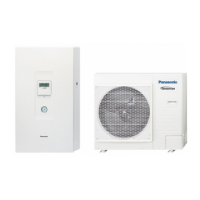
